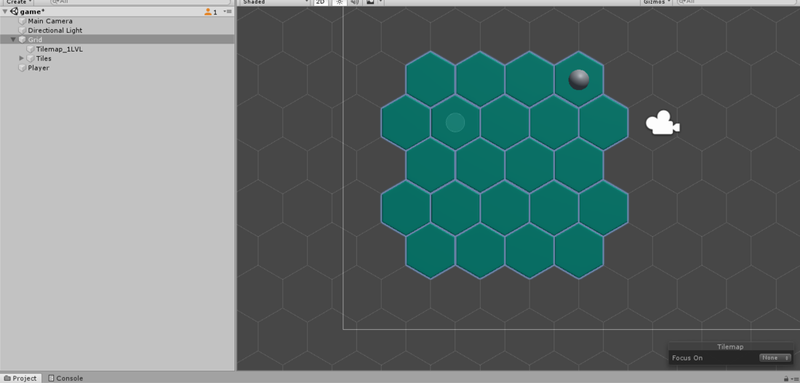This is the builder method for the North west Europe grid that you can see at: https://richstrat.com/ww2.html
object EuropeWestGrid extends EGridMaker
{
def apply[TileT <: Tile, SideT <: TileSide](implicit fTile: (Int, Int, Terrain) => TileT, fSide: (Int, Int, SideTerr) => SideT,
evTile: ClassTag[TileT], evSide: ClassTag[SideT]): EGrid80km[TileT, SideT] =
{
val grid: EGFarNorth[TileT, SideT] = new EGFarNorth[TileT, SideT]("WEurope", 0.east, xOffset = 200, xTileMin = 114, xTileMax = 286)
grid.setTilesAll(Ocean)(fTile)
grid.setSidesAll(SideNone)(fSide)
grid.fSetSide(181, 477, Straits)(fSide)
grid.fSetSide(205, 463, Straits)(fSide)
import grid.{setRow => gs}
gs(518, 230, taiga)
gs(516, 232, taiga)
gs(514, 230, taiga)
gs(512, 232, taiga)
gs(510, 230, taiga * 2)
gs(508, 228, taiga * 3)
gs(506, 226, taiga * 3)
gs(504, 224, taiga * 4)
gs(502, 218, taiga * 6)
gs(500, 216, taiga * 6)
gs(498, 182, taiga, sea * 7, taiga * 7)
gs(496, 216, taiga * 7)
gs(494, 198, taiga, sea * 3, taiga * 7)
gs(492, 216, taiga * 7)
gs(490, 218, taiga * 3, sea, taiga *3)
gs(488, 220, taiga * 2, sea * 2, taiga * 3)//, sea * 2)
gs(486, 186, hills * 2, sea * 10, plain * 3)
gs(484, 180, hills * 4, sea * 10, plain * 3)
gs(482, 182, hills * 3, sea * 8, plain * 2, sea, plain * 3)
gs(480, 184, hills * 2, sea * 9, plain *2, sea, plain * 2)
gs(478, 182, hills, plain * 3, sea * 7, plain * 2, sea, plain * 2, sea)
gs(476, 176, plain * 2, sea, hills * 2, sea * 8, plain * 3, sea * 3)
gs(474, 170, plain * 3, sea * 2, hills, plain, sea * 8, plain * 2, sea * 3)
gs(472, 168, plain * 3, sea * 3, plain * 2, sea * 7, plain * 6)
gs(470, 170, plain * 3, sea, hills * 2, plain * 2, sea * 5, plain * 8)
gs(468, 168, plain * 3, sea, hills * 3, plain * 3, sea * 3, plain * 8)
gs(466, 170, plain, sea * 3, hills * 2, plain * 3, sea * 2, plain * 4, hills * 2, plain * 4)
gs(464, 188, plain * 5, sea, plain * 2, hills * 7, plain, hills)
gs(462, 182, hills * 3, sea * 3, plain * 4, hills * 8)
gs(460, 204, plain * 3, hills * 10)
gs(458, 194, plain * 8, hills * 3, plain, hills * 3, plain)
gs(456, 188, plain, sea, plain * 7, hills * 3, plain * 3, hills * 2)
gs(454, 186, plain * 10, hills * 2, plain * 4, hills, mtain)
gs(452, 192, plain * 9, hills * 2, mtain * 6)
gs(450, 194, plain * 7, hills, mtain * 8)
gs(448, 196, plain * 4, hills * 2, plain, mtain * 9)
gs(446, 198, plain * 2, hills * 4, mtain * 3, plain * 2, mtain, plain * 2, hills * 2)
grid
}
}
I'm rather pleased with the succinctness of the syntax. the setRow method, which works on both square grids and hex grids:
/** Note set Row starts with the y (row) parameter. */
final def setRow[A](yRow: Int, xStart: Int, tileValues: Multiple[A]*)(implicit f: (Int, Int, A) => TileT): Cood =
{
val tiles: List[A] = tileValues.toSingles
tiles.iForeach{(e, i) =>
val x = xStart + i * xStep
fSetTile(x, yRow, e)
}
Cood(xStart + (tiles.length - 1) * xStep, yRow)
}
expects a sequence of Multiple[A], but the implicit in the Multiple companion object allows us to pass straight values.
implicit def toMultipleImplicit[A](value: A): Multiple[A] = Multiple(value, 1)











